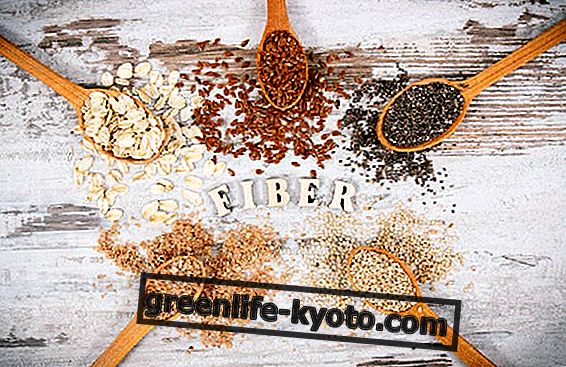The Montignac diet, conceived by Michel Montignac, is a diet based on the glycemic index that reduces carbohydrates, bad sugars and white bread. Let's find out better.
What is the Montignac diet
The Montignac diet, or Montignac method, is a variant of the dissociated diet and takes its name from its inventor, Michel Montignac . The food method is based on the limitation of the so-called bad sugars (glucides that determine glycemic peaks in a short time), such as sugar, polished rice and white bread.
A typical dish of the Montignac diet is never associated with carbohydrates or lipid foods, it should be enjoyed chewing slowly and avoiding drinking while taking food.
The Montignac diet does not include fixed menus or maximum quantities for food, but provides for a first slimming phase in which foods with a lower glycemic index than glucose are preferred. This first phase is followed by a second maintenance where food with an index higher than 20% is taken.
The Montignac diet strictly prohibits skipping meals and excludes foods such as industrial sugar, white flour, white rice, potatoes, spirits, strong coffee . After a carbohydrate meal you have to wait 3 hours before consuming lipids and 4 hours after a lipid meal before consuming carbohydrates.
The main foods
A typical breakfast of the first slimming phase will be with wholemeal bread and sugar-free jam, while lunch will include salad, blue fish, cooked vegetables, for dinner a soup of onions, cheese and salad.
The second phase is to reintegrate some foods: at breakfast you can add butter on the slice of wholemeal bread to accompany with milk, for lunch a glass of wine and green beans to use as a side dish for a steak, and so on.
Benefits and contraindications of the Montignac diet
Following the Montignac diet is an excellent cure for those who have pancreatic functioning problems or have had to deal with episodes of food intolerances. The positive side of this diet is that it can be followed everywhere, because it does not include foods that are difficult to find or improbable calculations to perform before being able to eat.
On the other hand, this diet includes foods with high protein content which is why it cannot be followed for too long. Undoubtedly the diet works, because you eat less, and calories are reduced by at least 20%.
Montignac Diet: indicated in case of
The Montignac diet is recommended for those who accumulate weight due to a metabolism that works slowly and must be reactivated.
Montignac diet: contraindicated in case of
The high protein foods included in the diet make it problematic for those with heart or kidney problems . Carbohydrate reduction is not the best for hypoglycemics.
Faithful and famous in the Montignac diet
The method has brought prestige to its own inventor, who became famous for the existential path that led him to experiment with the diet. B imbo obeso, former student of Political Science, Michel Montignac specializes in Humanities and then moves to a career in the Pharmaceutical Industry internationally.
This work allows him to make his own the scientific information that will lead him to structure the method. In just a few months, it will lose 15 kilos . The father of the Montignac diet died at the age of 66 in the South of France.













